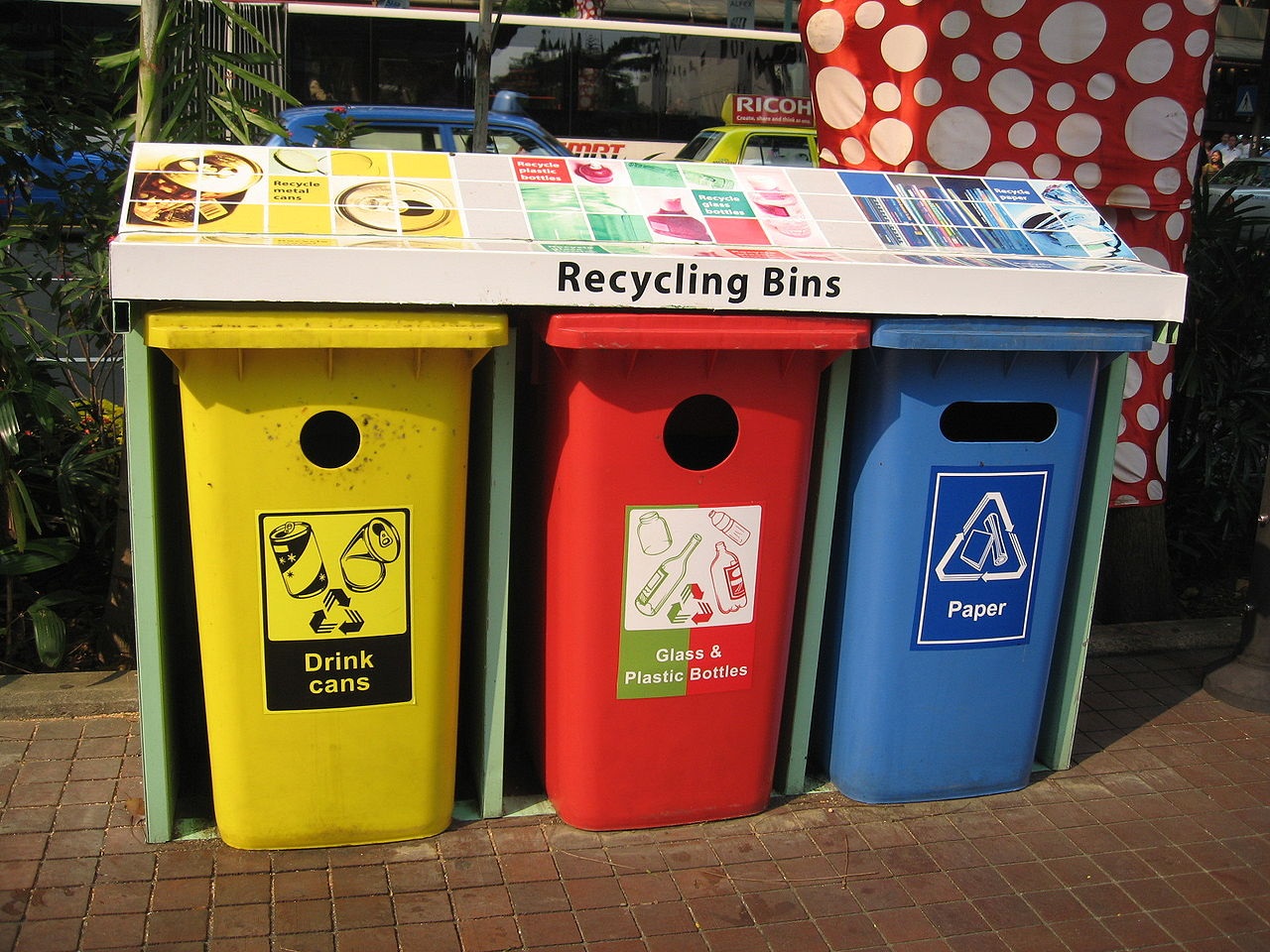“Reduce, Reuse, Recycle.” We’ve all heard of the “three Rs,” but did you know that this slogan debuted back in 1970 for the first-ever Earth Day celebrations? We’ve come a long way since then, and the slogan has only grown in popularity—but we still have much farther to go.
While the advantages of “reduce” and “reuse” may be obvious at first glance, it’s not always clear that the “recycle” part of the equation offers much in the way of benefits. Once you’ve done your part with the first two Rs, why recycle?
Before you toss a product into the trash, let’s take a quick look at some of the biggest economic and environmental benefits of recycling. From habitat preservation to economic growth, recycling plays a big role in your community, so read on to learn more!
Reducing Waste
One of the most obvious reasons to recycle is the fact that recycling keeps more trash out of landfills, which in turn means that those spaces can be used for other functions. It goes without mentioning, of course, that a great deal of waste never makes it to the landfill at all. Roadside litter and environmental trash can break down into tiny pieces that pollute the area around it.
When you consider this point, it’s worth noting that ocean waste is another huge problem that recycling can help. Reducing the oceans’ Great Garbage Patches can keep wasteful products from littering the open seas, preserving that environment for future use.
Preserving Natural Habitats
Linked to the reduction of waste, of course, is the preservation of natural habitats.
This preservation is a result of recycling for two main reasons. First, less land set aside for growing landfills means less of a need to destroy existing habitats.
Second, when we need fewer natural resources to create new products, we don’t need to pull those resources from our surrounding ecosystem. This, in turn, means that our neighboring animals and plants can remain in place, which helps us preserve long-term biodiversity. It’s also why many experts believe one of the best things individuals can do to protect animal species is recycle more often—in addition to reducing and reusing, of course!
Conserving Natural Resources
It’s easy to forget that the natural resources we use to make common products are finite. Only limited amounts exist in ways that are accessible to us, meaning that when we run out, we run out.
This is harder to see in certain kinds of recycling, such as when we recycle paper. After all, it’s easy to envision planting new trees in place of the ones you’ve logged.
However, certain types of recycling are more obvious in their importance when conserving raw materials. Electronics demand specific materials like palladium, gold, platinum, iron, and oil, all of which are critical resources. When high-tech devices end up in a landfill instead of recycling, all of those valuable materials become useless to us—even though they might still be usable.
When the time comes to toss an old laptop, phone, or other device, make sure to do a quick search for “e-waste recycling near me” to take advantage of services in your area.
Reducing Pollution and Greenhouse Gas Emission
In many cases, the side effect of creating new products is industrial waste. These pollutants include everything from chemicals to plastics to toxic gases.
One of the most obvious recycling benefits is the reduction of these harmful pollutants. Research shows that recycling paper may cut down on air pollution by up to 73% and water pollution by 35%, for example. Using recycled glass can decrease wasteful mining activities by 80% and air pollution by 20%.
In other words, one long-term method of lessening the pollution around you is to recycle when you can!
Saving Energy
Creating new products doesn’t just create industrial pollution that dirties the soil, water, and air. It also requires vast amounts of energy.
No matter what a company is making, it will have to go through the labor-intensive process of sourcing materials, digging them from the earth, transporting them, and refining them into a usable product. Recycling, on the other hand, is a way to jump-start the process: you don’t have to take as many steps to get the resources you need.
From papers and plastics to glass and metals, recycling can keep us from gathering raw materials and generating waste. One standout is aluminum, which is 100% recyclable and saves 95% of the energy needed to make new aluminum.
Creating Jobs and Benefiting the Economy
You might be surprised to know that recycling offers direct economic benefits in addition to the benefits above!
Recycling is a labor-intensive practice, especially in comparison with waste management, which can often be automated. The recycling process includes collection, sorting, cleaning, and separation, all of which often requires skilled workers.
This is why experts estimate that while only six jobs are needed to remove 10,000 tons of solid waste, recycling the same amount could create jobs for up to 36 people.
Recycling used items and buying recycled products are great ways to create more economic incentive for more recycling. And because more recycling creates new jobs in your community, it’s a small way to help stimulate your local economy. In addition, as we’ve mentioned above, it negates the expensive need to source and transport more raw materials for more products!
Harness the Economic and Environmental Benefits of Recycling
No matter what you’re considering tossing into the trash, it’s hard to overlook the impact of these economic and environmental benefits of recycling. While recycling may not come naturally to you, it’s like any other action: the more you do it, the more it becomes ingrained as a mental habit! Start finding ways to harness the power of recycling today!
Want more helpful guides like this one? Check out our other posts for more insightful content.


